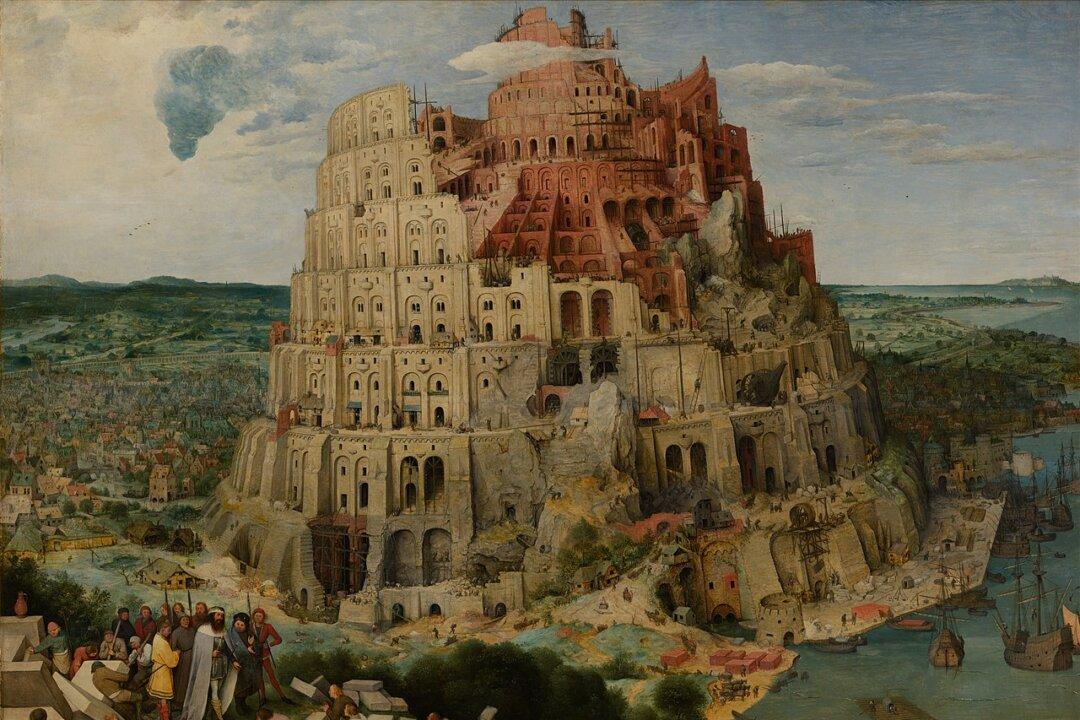I always think about what it means to be a good person, and I often ask myself what mindsets prevent us from being authentically good people. Pride is always a mindset that comes up.
Even our good deeds are sometimes fueled by a desire to show off. We behave “righteously” not on principle but for the praise of our peers; we act not for others but to sustain our pride.





